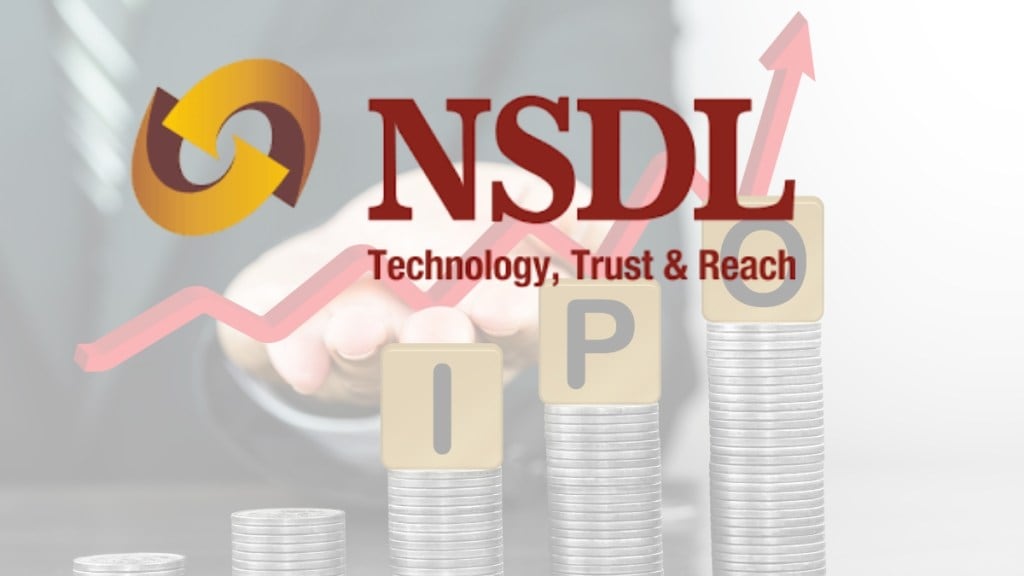IPO-bound NSDL is seeing a strong surge in buying interest even across the unlisted share market. Unlisted shares of NSDL have surged nearly 30% since May, and in the last two months, since April, the unlisted shares have zoomed 40%. The prices are now hovering around Rs 1,250 a share level from Rs 995 levels in early April.
Though the issue date has not been announced yet, the NSDL IPO is expected in July as per recent media reports. As per the addendum filed to the Draft Red Herring Prospectus, the IPO size has been cut down to 50.15 million shares from 57.26 million shares stated in the DRHP.
Why is NSDL’s unlisted share price surging?
There are many reasons why there is a surge in the price of the unlisted shares of NSDL-
Unlisted share transfer process simplified
The simplified rules for the transfer process of unlisted shares are seen as the primary reason for the sharp spike in the NSDL share price. NSDL has begun settling unlisted share trades using CDSL. The move made buying unlisted shares easier for the investors, and they no longer needed approval from MI and the market regulator for transactions.
Buying interest seen for stock exchange-related stocks
The strong surge also indicated a definite bias towards stock-exchange-related plays, as per many market observers. The unlisted shares of NSE and NCDEX have also seen a sharp spike. The unlisted NSE share price is now hovering close to Rs 2,370 per share from Rs 1,575 a month ago.
NSDL Q4FY25
The company’s strong financial performance is also encouraging and explains the significant investor interest in the unlisted shares. The Q4FY25 net profit jumped 4.77% YoY to Rs 83.3 crore from Rs 79.5 crore in Q4FY24. The total income during Q4FY25 rose 9.94% YoY to Rs 394 crore from Rs 358 crore in Q4FY24.
NSDL Vs CDSL
NSDL and CSDL are the two key depositories in India. Both are regulated by SEBI, but CDSL primarily caters to retail investors. However, NSDL caters to the institutional and custody segment, and it is the largest depository in terms of the total number of issuers. It is also a preferred platform for G-Secs, corporate bonds and CDs. The business model revolves around sticky long-term contracts, and these are relatively less cyclical in nature. However, this also means there is higher dependence on a limited number of high-value clients.
